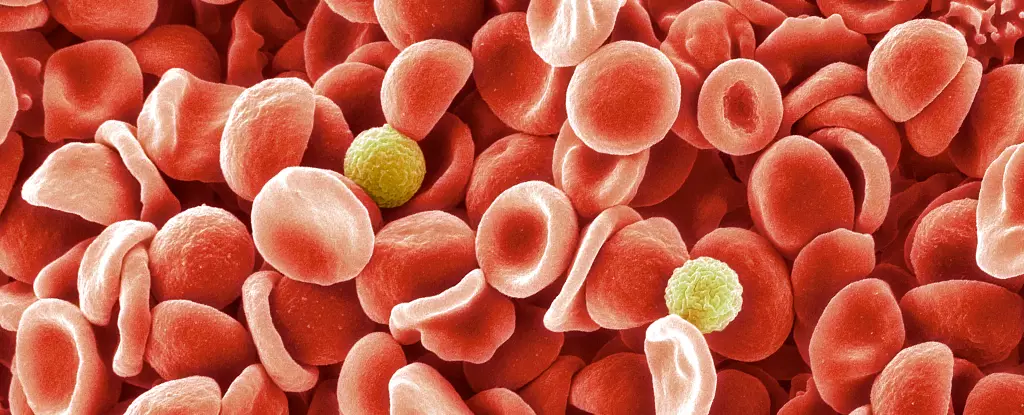In 2024, the world of hematology witnessed a dramatic shift thanks to a groundbreaking discovery linked to a blood sample from a pregnant woman dating back to 1972. Medical researchers from the UK and Israel unveiled an entirely new blood group system known as the MAL blood group. For almost five decades, the absence of an elusive surface molecule on red blood cells mystified scientists, leading them to a profound understanding of human blood groups that has practical implications for rare patient care. Dr. Louise Tilley of the UK National Health Service, who dedicated two decades to unraveling this enigma, expressed her excitement for this accomplishment, underscoring its significance for both practitioners and patients.
The Intricacies of Blood Group Systems
Typically, humans are more familiar with the well-known ABO blood group system and the Rh factor which identifies blood types as positive or negative. However, the vast landscape of blood group systems goes beyond these common categorizations, consisting of various antigens that serve as molecular identifiers for our immune systems. These identifiers help our bodies discern between what is self and what is foreign. When a blood transfusion occurs, mismatched blood types can lead to severe and sometimes fatal reactions. The complexity of blood group antigens, such as the newly identified MAL group, reveals a lot about our biological diversity and the necessity for advanced research in this field.
The Challenge of Identification
Most blood groups were identified during the early to mid-20th century. With advancements in genetic research, newer blood groups like the Er blood system came into focus, benefiting only a limited number of individuals. Identifying the MAL group was no small feat; researchers faced considerable challenges due to the rarity of genetic cases associated with this novel blood type. As Dr. Tilley elaborates, nearly all the population has the AnWj antigen linked with myelin and lymphocyte proteins, making the 0.1% of individuals without it an anomaly deserving thorough exploration. The strenuous journey to discover and validate the MAL group required innovative methods and interdisciplinary collaboration, culminating in a profound understanding of how mutations affect blood antigens.
MAL Blood Group: Genetic Insights and Clinical Relevance
The research team not only highlighted the absence of the AnWj antigen but also defined the genetic markers responsible for the MAL blood type. Dr. Tim Satchwell from the University of the West of England revealed the subtleties of the MAL protein and stressed that its small size complicated initial identification efforts. To confirm their suspicions and cement their findings, the researchers conducted experiments where they inserted a normal MAL gene into AnWj-negative blood cells. This endeavor confirmed the role of the MAL protein in stabilizing cell membranes, linking molecular genetics and practical hematologic outcomes.
Interestingly, the study also found that AnWj antigen is not present in newborns but appears soon after birth. This finding opens avenues for further research into why such differences occur at developmental stages, particularly in patients that exhibit AnWj-negative blood types. The discovery raised critical questions about whether such blood types are a result of inherited mutations or if they might arise from other underlying health issues that warrant attention.
The Broader Impact of Rare Blood Types
For patients with rare blood types—like those part of the MAL blood group—understanding the genetic basis behind their blood characteristics is critical for management and treatment. Having this knowledge allows for tailored healthcare approaches, potentially leading to better outcomes. Rather than viewing such rare blood phenomena as mere scientific curiosities, they should be seen as significant medical challenges that require targeted research and awareness in clinical settings.
The intricacies associated with rare blood group systems highlight the importance of sustained funding and support for hematological research. As we deepen our knowledge of the complexities of human blood and its myriad systems, we pave the way for improved diagnostics, more effective transfusion practices, and, ultimately, a greater ability to save lives.
Through the lens of the MAL blood group discovery, we are reminded that in the realm of medicine, even the rarest anomalies can yield profound insights into our biology and health care practices. Advancements in this area illustrate that the pursuit of knowledge, though fraught with challenges, carries the potential to revolutionize patient care.


Leave a Reply